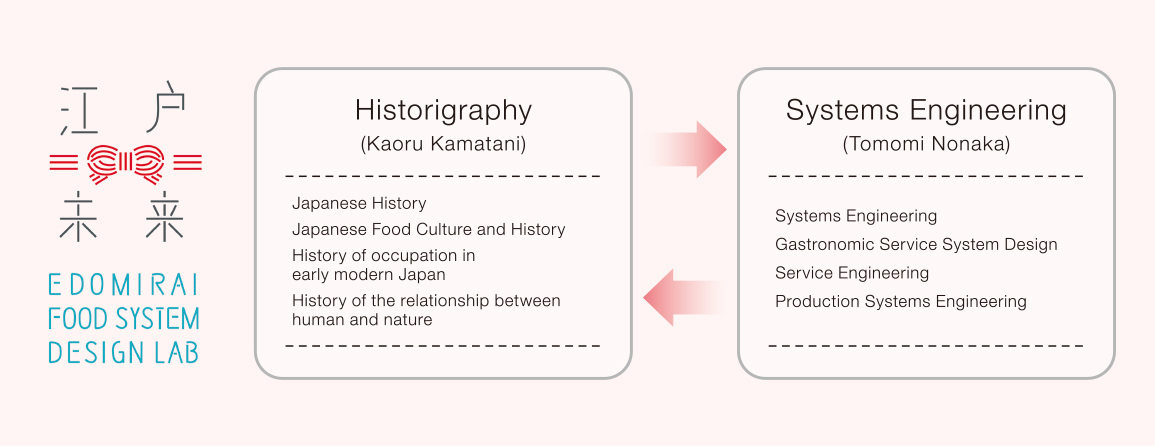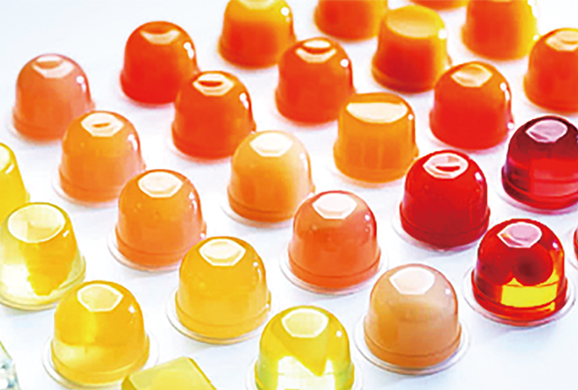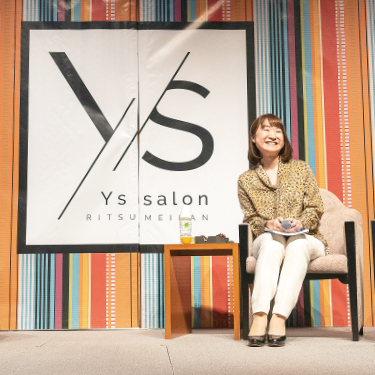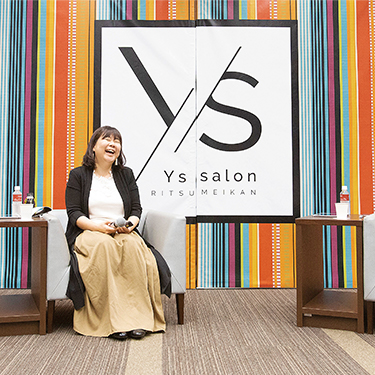The fascinating World of Food viewed through the Lens of Edo era Sake Production
In manufacturing, as typified by the automobile industry, the innovation of core technologies determines the direction of industrial development. In the case of electric cars, this refers to lithium- ion batteries. So, how has our food culture evolved to date? In searching for an answer to this question I found some important clues in the form of Edo era sake production in Japan.
In 2019, Associate Professor Kaoru Kamatani, a Japanese history expert from the College of Gastronomy Management, and I established the EdoMirai Food System Design Lab, with the aim of ‘Designing sustainable foods for the future by re-examining food from the Edo period, including Edo city (the old name for Tokyo), from the viewpoint of history and systems engineering.’ One of the research projects under this initiative explores the history of the development of sake.
I have to say that history was far from my favorite subject in high school, as reflected in my low grade of 2. But, the more I talked with Associate Professor Kamatani, the more I realized how fascinating history can actually be. The sake project started as an extension of the chats we had about the interesting insights that could be gleaned from looking at sake in terms of systems engineering.
In the Edo era, technologies were developed to turn cloudy nigori sake into clear seishu sake and to manufacture barrels to allow the storage of large quantities of sake. Furthermore, the establishment of transportation routes such as the Tokaido and Nakasendo Roads and eastward and westward sea routes invigorated the exchange of people, products, and information. Sake production advanced amid the interplay of multiple key factors at many levels, namely, (1) sake production, (2) container production, and (3) the exchange of people, products, and information, and sake culture is believed to have made great strides throughout Japan in the Edo era.
 An overview of the EdoMirai Food System Design Lab
An overview of the EdoMirai Food System Design Lab
In other words, the multi-level and decentralized development of multiple factors created a diverse Japanese sake culture that has been “sustained” to this day. The sustainability of Japanese sake cannot be understood just from the conventional manufacturing approach, which only focuses on core technologies.
What’s more, records from the Edo era indicate that large amounts of sake produced in areas west of Edo, and particularly in Settsu (in what is now southeastern Hyogo Prefecture and Osaka Prefecture north of the Yodogawa River) was transported to and enjoyed in Edo, so we know that sake production developed in a decentralized manner throughout Japan. This can be understood in terms of current trends in which sustainable cities are developing around the world in a decentralized manner.
From the evolution of food culture to urban development, when we think about sustainability going forward, there really is a lot we can learn from Edo.
Jelly-making Technology: an unusual approach to Solving Society’s Issues

Another project I am working on now is the research and development of jellies with Yukioh, a confectionery manufacturer in Kyoto. The most impressive thing about this jelly technology is that the end product uses only natural ingredients and tastes great.
Typically, jelly is manufactured in a two- step process of boiling a gelling agent or gelatin until it dissolves and adjusting the pH for sterilization, but these processes degrade the natural flavor of the fruits, or if liquor is used, the alcohol content is lost. To replace this process, Yukioh has developed a sterile filling technology which allows for the production of jellies that lock in the aroma and freshness of the original fruit or maintain the alcohol content of the liquor used. In March 2019, the company introduced a prototype jelly made from 100% Japanese sake at South by Southwest, one of the world’s largest startup events held every year in Texas in the United States, and it was a huge hit.
What’s more, this jelly can be stored for a long time at room temperature, so it could be used as food for elderly persons who have trouble swallowing liquids, disaster provisions, or even food for astronauts. As a subject of innovation research to solve social issues, the potential applications for this jelly are wide-ranging. The ingredients can be sealed into jelly containers at their freshest point, and they can be stored anywhere for a long period of time. This ease of access holds many possibilities that we are currently exploring. We plan to issue an even bigger presentation on this jelly research at South by Southwest in March 2020, and We are developing melon jelly and other products in collaboration with NISHIIWA.
SHOJI.CO.LTO, which handles high-grade fruits and vegetables at the Toyosu market in Tokyo, and with Yukioh Inc.. The project aims to design a high value-added value chain. The jelly food we have developed is entirely made from natural food material and stops the flow of time, as it were, at the moment when the ingredients are the most tasty, and then contain their flavor and fresh taste in a container.




